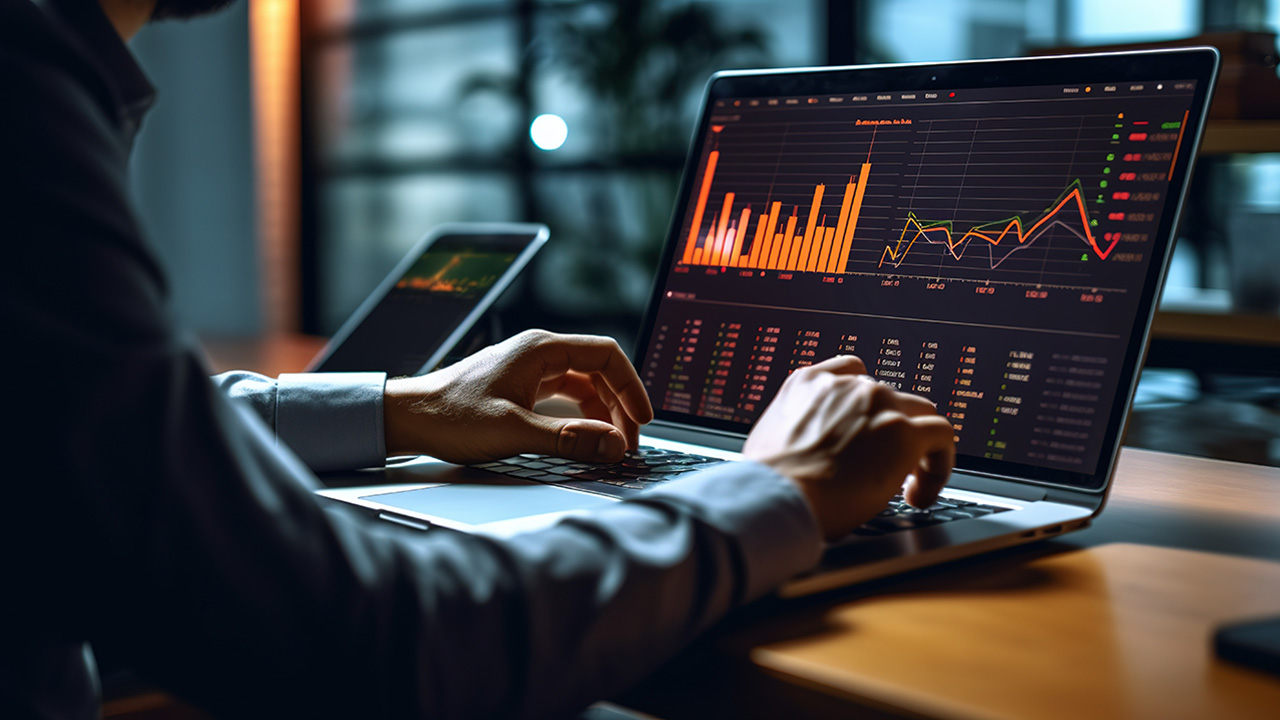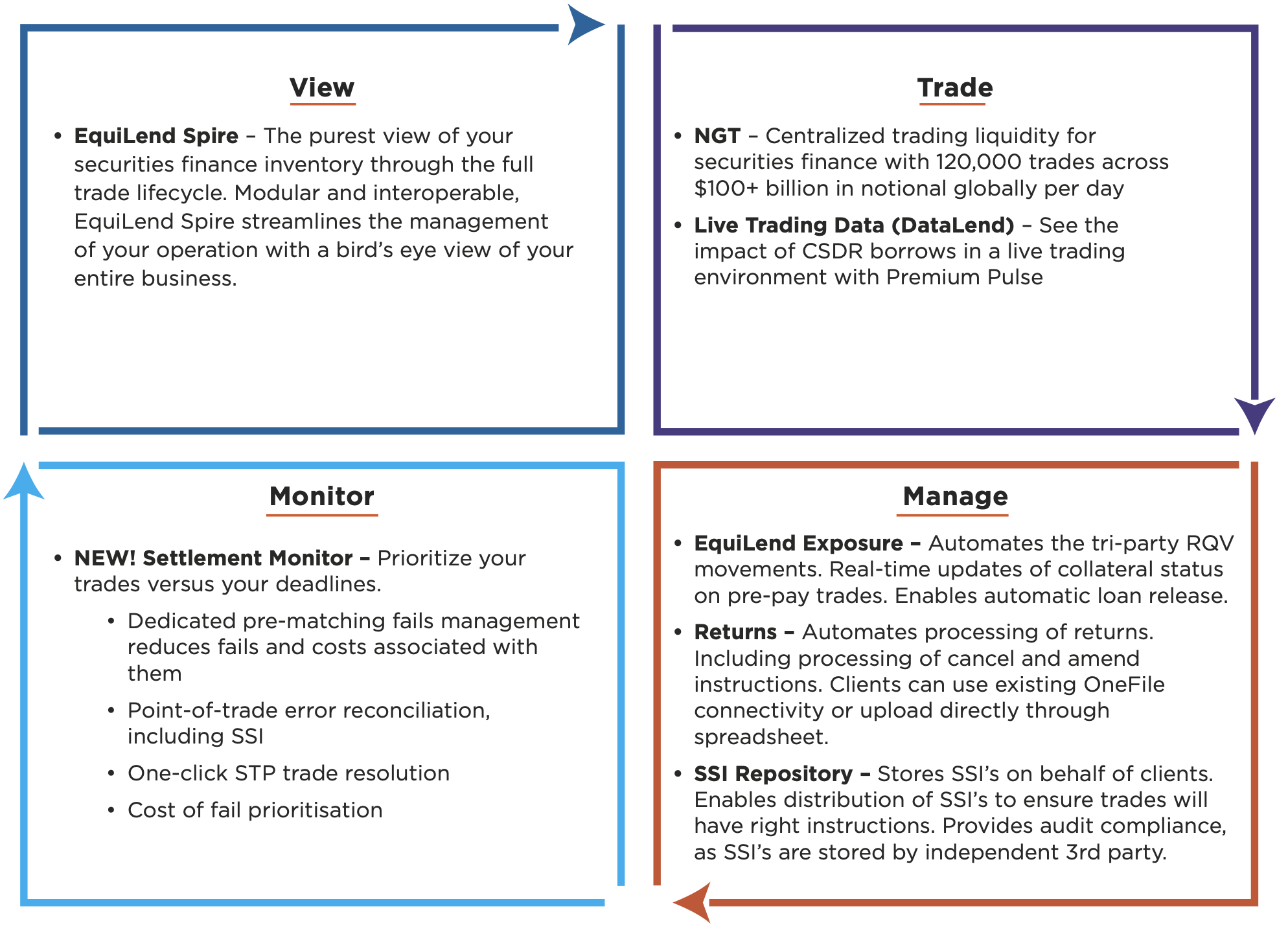Did you know that regulatory bodies monitor day trading activities with the same intensity as a hawk watching its prey? This article dives into the intricate world of how these agencies track and analyze day trading, employing advanced tools to detect insider trading and market manipulation. You'll discover the common red flags that raise alarms, how exchanges report suspicious patterns, and the specific regulations that govern monitoring efforts. We’ll also explore the role of automated systems, the handling of unusual trading volumes, and the consequences of rule violations. Lastly, learn how international collaboration enhances oversight and the challenges regulators face in maintaining compliance. For traders, understanding these dynamics is crucial, and DayTradingBusiness is here to guide you through the complexities of regulatory monitoring.
How Do Regulatory Bodies Track Day Trading Activities?
Regulatory bodies track day trading through real-time trade surveillance systems that analyze transaction data for suspicious patterns. They monitor order flow, trade timing, and volume spikes to detect manipulative activities like spoofing or pump-and-dump schemes. They also review trader activity logs, audit trail data, and flagged transactions. Additionally, regulators use algorithms and machine learning to identify anomalies and enforce compliance with trading rules. They often collaborate with exchanges for instant access to trading records and suspicious activity reports.
What Tools Do Agencies Use to Monitor Day Traders?
Regulatory bodies like the SEC and FINRA use tools such as real-time trade surveillance systems, pattern recognition software, and automated monitoring platforms to track day trading activity. They analyze trading patterns, flag suspicious transactions, and review order book data to detect market manipulation, insider trading, or excessive leverage. These tools help regulators ensure compliance with trading rules and identify potential misconduct in day trading.
How Do Regulators Detect Insider Trading During Day Trading?
Regulators monitor day trading by analyzing unusual trading patterns, volume spikes, and rapid price movements. They use sophisticated algorithms to flag suspicious activity, such as large trades just before significant price shifts. They also scrutinize traders with sudden account activity or inconsistent trading behavior. Surveillance systems track real-time data, cross-referencing with news events and public information. When anomalies appear, regulators investigate further, often requesting detailed trade records and communication logs.
What Are Common Red Flags in Day Trading Surveillance?
Common red flags in day trading surveillance include excessive short-term trades, large unexplained account activity, inconsistent trading patterns, high-risk strategies without proper risk management, and sudden spikes in profit or loss. Regulatory bodies monitor these signs through real-time data analysis, tracking pattern irregularities, and comparing trades against market norms to detect possible market manipulation or rule violations.
How Do Exchanges Report Suspicious Day Trading Patterns?
Regulatory bodies monitor day trading by analyzing trading data for unusual activity, such as rapid buy-sell sequences, large volume spikes, and pattern anomalies. They use automated algorithms and surveillance systems to flag accounts showing suspicious patterns like excessive short-term trades or sudden profit jumps. Regulators also review order flow, trading timestamps, and account histories to identify potential manipulation or insider trading. If suspicious activity is detected, they report it to the appropriate authorities for investigation.
How Do Regulators Analyze Trading Data for Compliance?

Regulators analyze trading data by reviewing order flow, trade timestamps, and pattern activity to spot suspicious or illegal behavior. They use surveillance software to detect unusual volume spikes, rapid trades, or manipulative tactics like spoofing. Regulators compare actual trades against rules, flags, and historical patterns, then investigate anomalies through audits and data cross-checks. They also monitor real-time alerts for high-risk trades and conduct post-trade analyses to ensure traders follow compliance standards.
What Regulations Govern Day Trading Monitoring?
Regulatory bodies like the SEC and FINRA monitor day trading through real-time surveillance systems that track suspicious trading activity, patterns, and large transactions. They enforce rules on pattern day trading, margin requirements, and reporting obligations. They also review trading logs, audit broker-dealer reports, and investigate irregular trades to prevent market manipulation and ensure compliance.
How Do Regulatory Bodies Identify Market Manipulation?
Regulatory bodies spot market manipulation by analyzing unusual trading patterns, like sudden volume spikes, abnormal price swings, or coordinated trades. They use surveillance systems to flag suspicious activity, such as wash trades or layering. Investigators review trade data, look for signs of spoofing, and compare patterns against typical market behavior. They also monitor for manipulative tactics like pump-and-dump schemes or quote stuffing. When they find anomalies, authorities may involve forensic analysis or request additional information from traders or brokers.
What Is the Role of Automated Systems in Monitoring Day Trading?
Automated systems in monitoring day trading analyze real-time data to detect suspicious activities, pattern violations, and excessive risk-taking. They flag unusual trades, ensure compliance with regulations, and prevent market manipulation. Regulatory bodies use these systems to track trading behaviors, enforce rules, and maintain fair markets.
How Do Regulators Handle Unusual Trading Volumes?

Regulators track unusual trading volumes by analyzing real-time market data, looking for spikes that deviate from typical activity. They set thresholds for volume surges and flag those exceeding normal patterns. When detected, they investigate for potential market manipulation or insider trading. They may temporarily halt trading or require additional disclosures if suspicious activity persists. Their goal is to prevent market abuse and ensure fair trading during abnormal volume spikes.
How Do Agencies Investigate Potential Fraud in Day Trading?
Regulatory agencies monitor day trading by analyzing large, suspicious trades, tracking patterns that indicate manipulation, and reviewing trading account activity for unusual spikes or inconsistencies. They use advanced surveillance software to flag potential fraud, such as wash trading or pump-and-dump schemes. Agencies also examine trader communications, order flow, and market behavior, often collaborating with exchanges and brokerage firms. When they identify suspicious activity, they conduct detailed investigations, interview traders, and may pursue legal action if fraud is confirmed.
Learn about How Do Brokers Prevent Money Laundering and Fraud in Day Trading?
What Are the Penalties for Violating Day Trading Rules?
Violating day trading rules can lead to hefty fines, account restrictions, or even suspension from trading platforms. Regulatory bodies like the SEC or FINRA can impose sanctions, require corrective actions, or bar traders from future trading. In severe cases, violations may result in legal action, including criminal charges.
How Do Regulatory Bodies Collaborate Internationally?
Regulatory bodies collaborate internationally through information sharing agreements, joint task forces, and global forums like IOSCO. They exchange data on suspicious trading activity, coordinate enforcement actions, and develop unified standards to monitor day trading across borders. This cooperation helps track fraudulent schemes and enforce regulations consistently worldwide.
How Can Traders Ensure They Comply With Monitoring Rules?

Traders ensure compliance with monitoring rules by following regulatory guidelines, maintaining accurate trade records, and using approved trading platforms that track their activity. They stay updated on rules from authorities like the SEC or FINRA, and implement internal controls to detect suspicious behavior. Regular audits and transparency in reporting help ensure adherence. Using compliance software can automate monitoring, catching violations before they escalate.
What Are the Challenges in Monitoring Day Trading?
Regulatory bodies face challenges like tracking rapid trade activity, identifying illegal practices like insider trading, and managing vast data volumes. They struggle with timely detection of manipulative tactics such as spoofing or pump-and-dump schemes. Keeping up with evolving trading algorithms and high-frequency trading adds complexity. Ensuring consistent enforcement across global markets and balancing surveillance with trader privacy also pose hurdles.
Conclusion about How Do Regulatory Bodies Monitor Day Trading?
In summary, regulatory bodies employ a variety of tools and methodologies to effectively monitor day trading activities, ensuring compliance and market integrity. By tracking trading patterns, analyzing data, and detecting red flags, they can identify potential market manipulation and insider trading. As day traders, understanding these regulations and monitoring practices is crucial for maintaining compliance and avoiding penalties. For comprehensive insights into navigating the complexities of day trading regulation, consider leveraging the expertise provided by DayTradingBusiness.